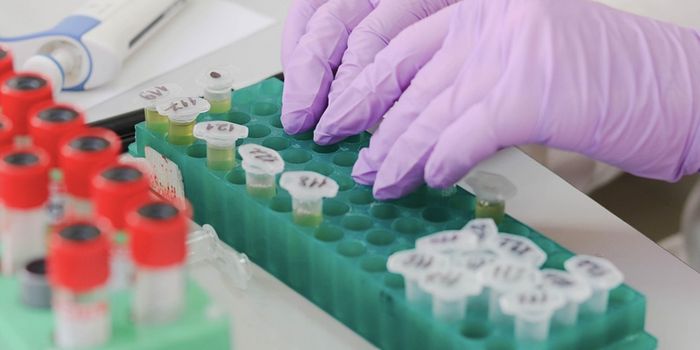Diagnosis and Treatment of Neurosarcoidosis
Sarcoidosis is a multisystem inflammatory disease characterized by the formation of non-caseating granulomas in the affected organs. The majority of people diagnosed with sarcoidosis have it in their lungs (90%), but it can affect any organ system in the body. The etiology is currently unknown, however, it is thought to have both an environmental and genetic component. Sarcoidosis affects all races, ages, and genders although African-American women have the highest rates and poorer prognoses. The course that it takes is highly variable, but those who have chronic disease often have more disabling symptoms and reduction in quality of life.
Mareye et al. provide an overview of neurosarcoidosis. It is not as prevalent as the pulmonary form and affects approximately 5-10% of people diagnosed. Any part of the nervous system can be affected including the brain, spinal cord, meninges, peripheral nerves, and cranial nerves. The most common presentation is cranial neuropathy with the facial nerves most frequently involved. Approximately 50-70% of people diagnosed with neurosarcoidosis have cranial neuropathy.
Diagnosis can be problematic because there are no definitive tests that identify it, and there is a lack of agreement among specialists concerning specific criteria required for diagnosis. The Neurosarcoidosis Consortium Consensus Committee consisting of 10 neurologists and four pulmonologists developed new criteria to diagnose neurosarcoidosis, and they issued a statement published in JAMA Neurology. The key elements include: (1) other granulomatous diseases have to be ruled out due to overlapping symptoms, (2) diagnosis based on most possible, probable, or definite since tissue biopsy of neural tissue is rarely an option, (3) assess for systemic involvement as well as neurosarcoidosis, and (4) high-resolution CT scan or PET scan recommended if chest x-ray is normal.
In possible neurosarcoidosis, there is no histologic confirmation of non-caseating granulomas; probable has histologic identification in extra-neurologic tissues and definite has it in neurological tissue.
Authors of the consensus committee stated that the “development of criteria for diagnosis is essential for the design of clinical trials for neurosarcoidosis.” In addition, Barney Stern, MD, FAAN, professor of neurology at Johns Hopkins University and a lead author of the paper said: “Our goal is to promote optimal patient care,” and “Part of the challenge is that you want to treat rapidly, but you have to balance the speed and intensity of treatment with the goal of having a definitive diagnosis.”
Small fiber neuropathy (SFN) is another manifestation of neurosarcoidosis, which can be invasive. Its diagnosis can be difficult and is usually made through a skin biopsy. Other diagnostic options for SFN include an SFN screening list and corneal confocal microscopy (this hasn't been validated and isn't widely available). Unfortunately, there are no approved treatments for SFN; however, some success has been seen with tumor necrosis factor-α inhibitors.
There have been no clinical trials for treatment therapies, but it is recommended that treatment intensity is based on disease severity. Medications that have been used include the gold standard for sarcoidosis, prednisone, as well as methotrexate, azathioprine, mycophenolate mofetil, or tumor necrosis factor-α inhibitors (infliximab or adalimumab).
Because of the burden of disease and treatment costs, further research and more clinical trials need to be performed to develop more effective treatments for neurosarcoidosis.








